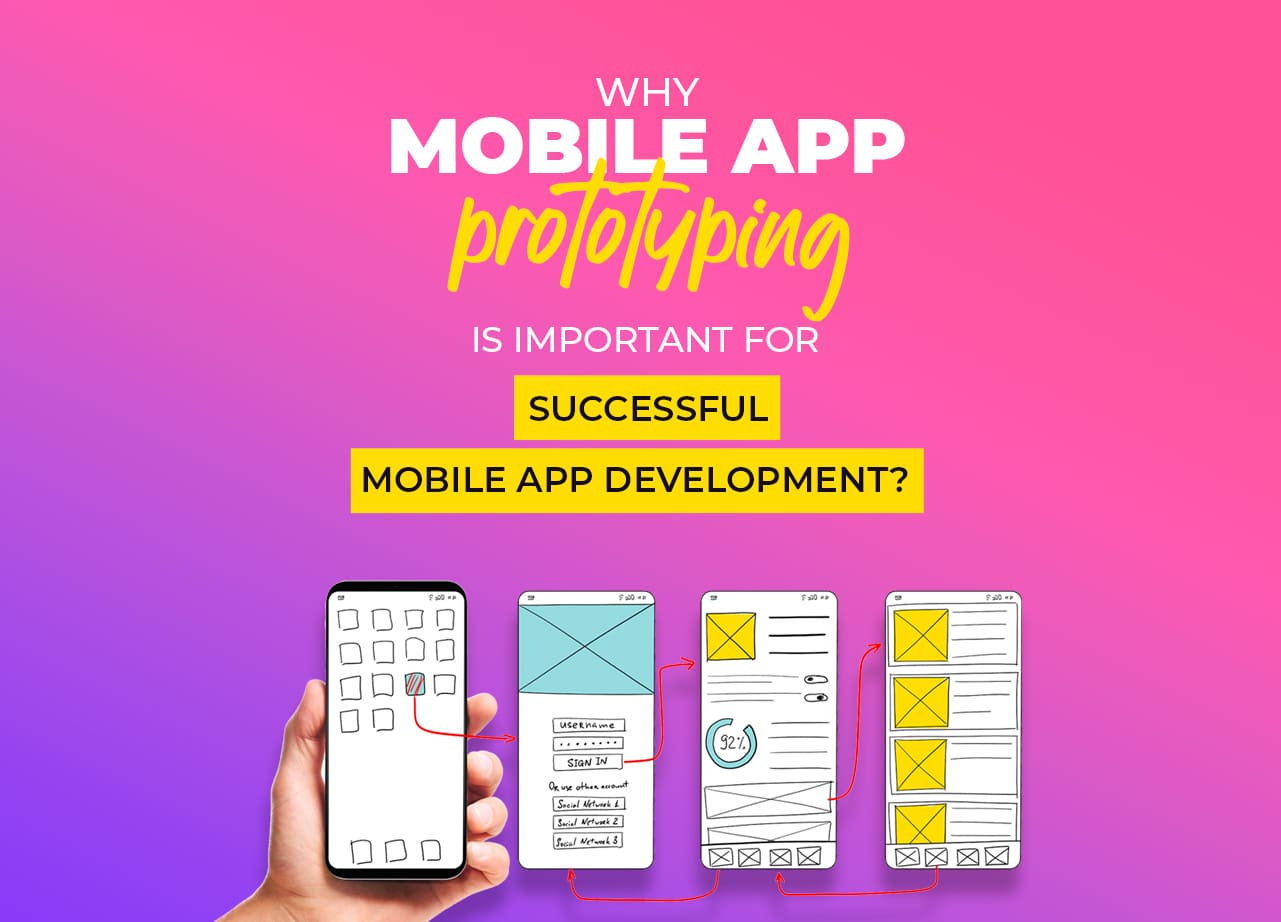Even in the times of 4G and the imminent 5G, there are places where network connectivity is weak and unstable. But the users still need to use their favorite applications wherever they are. We’re here with the answer to how to design a mobile app that works wonderfully even in poor network conditions.
The process of designing and developing a flawless mobile application comes with its own set of challenges. Having a radical, fully functioning mobile application with fresh designs is merely not enough.
With an average of 2,000 new applications being added to the app stores every day, the users have virtually endless options. Here’s a recent stat: Android users have the option to choose from over 2.1 million applications, whereas an Apple user can choose from 2 million applications. According to another survey, about 77% of daily users uninstall the application within a few days of the launch.
Throughout our years of serving a global clientele as a leading mobile app design company, we are continuously coming up with new methods to deliver highly-rated mobile applications. This includes creating mobile applications that offer great user experience even in poor network connectivity.
Decide offline features for your application
Now, there is no simple trick for how to design a mobile app with ideal offline mode but you can get started with these guidelines:
1. Determine what you want to achieve through the application
2. List and analyze features that can function offline
3. Interview users to prioritize important features
4. Assess the difficulty of implementation of the features
Here’s how you can make it work:
Create content that doesn’t require an internet connection

It goes without saying that most applications are dependent on a good internet connection, but how will your app fare with just one bar of connection? Showing a blank page in the hopes of network revival just doesn’t cut it. It’s necessary to have certain pages that function well offline. Providing some sort of offline content is crucial, whether it is a game, a cached feed, or even a few pages of content.
Design a lighter version of the application
Light is quite literally, as the name suggests, a minimal version of the application. Upon detection of low connectivity, the application should switch itself to the lite version to ensure accessibility to crucial content. Re-logging into the account, and switching to a different version of the application would just drive the user away.
Ensure graphic optimization

High-resolution images and graphics, if not optimized, lead to poor user experience. Choosing visually appealing content over text is not your best bet when the possibilities of a slow network are higher for the end users. Instead of going overboard with images, it is important to set the correct ratio of text to image, so that in the case of low connectivity, the texts can convey the necessary information. Switching to jpeg files comes in handy, as other file types consume more bandwidth.
Prioritize bandwidth optimization
It is futile to opt for rich content, features, and images in an application if they take minutes to load. If you ask us, utmost importance should be given to optimizing all the content of the application. Take it further by arranging the pages in a hierarchy. This way, the user can access the pages they’re looking for without having to go through the hassle of loading multiple pages and the user experience remains pleasant.
Choose a combination of static and dynamic content
Dynamic content needs constant connectivity, whereas static content is much easier to load. Leave it up to the experts to strike a fine balance between the two.
Let the users know they’ve lost their internet connection
Letting your users know that they have lost their internet connection is of utmost importance. You surely wouldn’t want your user to think that your application simply doesn’t work, thus providing a clear ‘loss of network’ message is crucial.
Handle sensitive information
Ensure private user data is not cached. Cached information can be accessed anytime, jeopardizing user security. Downloaded information such as blog posts, images, and logos can be accessed through the cached folder. Don’t put your user’s sensitive data at risk, let the experts next door handle it.
Set the frequency for data synchronization
Continuous updates drain the phone’s battery while not synchronizing enough leading to the users missing out on important updates. It’s essential to find just the right balance. You can tackle this by conducting surveys and analyzing their mobile application usage patterns and their accessibility to high-speed internet. As the internet connection improves, the slots can be made shorter.
As a leading mobile app design company, we understand the importance of designing just the perfect user experience. Designing an app keeping in mind the erratic network issues will gain favorability amongst the users located in poor connectivity areas. Mobile app design services like ours ensure the accessibility of content that appeals to and attracts users.
Want your users to stay connected to your app even in poor connectivity areas?
We’ve got you covered.
 Blog Communication Crafts
Blog Communication Crafts






